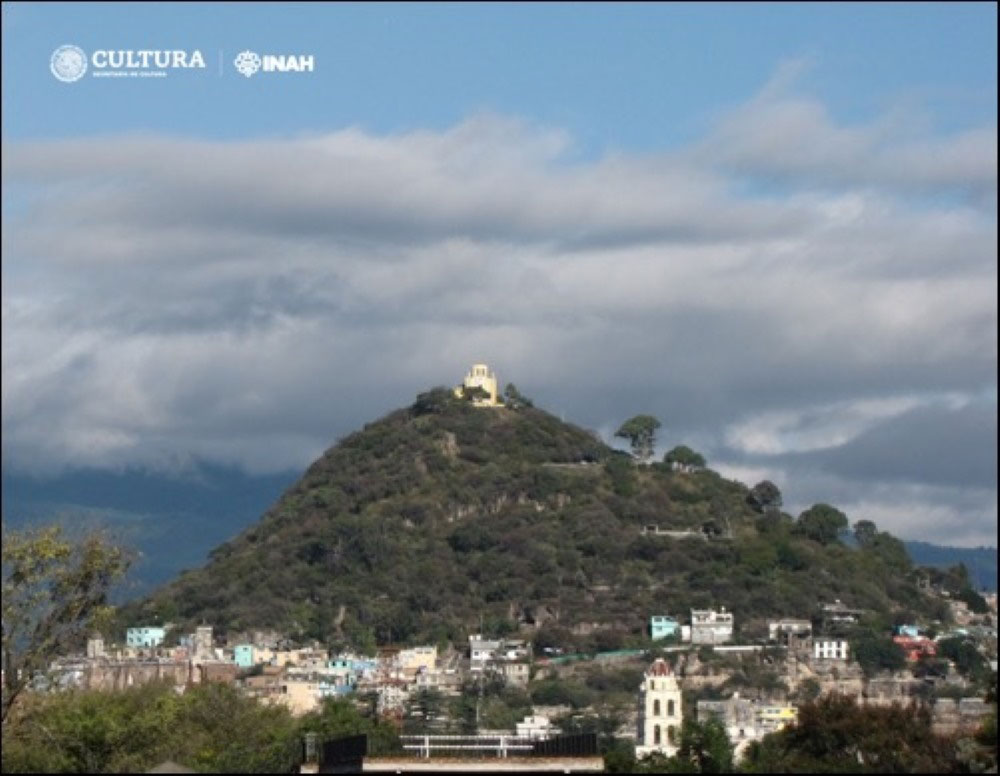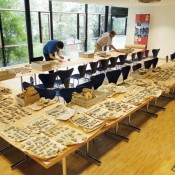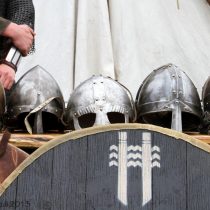The INAH confirms legends, which have been passed down from generation to generation, about the existence of a pre-Hispanic temple or teocalli on the Cerro de San Miguel in Atlixco Puebla before the arrival of the Spanish.
To date, no archaeological explorations had been carried out to prove or refute this belief. However, finds during recent archaeological rescue work, carried out by the Ministry of Culture of the Government of Mexico, through the National Institute of Anthropology and History (INAH), confirm the spoken legend.
During works to renew the lighting of the San Miguel Arcángel chapel and improve the walkways and viewpoints of the hill, the aforementioned project of the INAH investigated the church’s atrium, between July and August 2023.
There, a team of workers, coordinated by INAH archaeologists, Miguel Medina Jaen and Carlos Cedillo Ortega, with the collaboration of archaeologist Elvia Cristina Sánchez de la Barquera, undertook a series of surveys, uncovering thick layers of construction fills with earth and stones.
According to specialists, the residents of the old lordship of Cuauhquechollan used earth and stones to level the rocky summit of the pyramidal shaped hill of volcanic origin.
In these fills, fragments of clay vessels were recovered, as well as stone tools and ornaments, dating from the Late Preclassic to the Early Postclassic Mesoamerican period.
Furthermore, 25 centimeters below the current level of the atrium, remains of a lime and sand floor, of pre-Hispanic origin, delimited by a wall of stones glued with mud, were found.
In addition, 90 centimeters below that stone wall, a second floor was found, which allows archaeologists to confirm that a teocalli did exist on the summit of the hill and that it was constructedduring two phases.
It is not possible yet to determine to which deity the temple had been dedicated. Archaeologists point out that historical sources mention several deities of the Mexican pantheon, which could be associated with the San Miguel temple.
The experts believe that other parts of the teocalli still lie under the San Miguel Arcángel chapel. However, the archaeological confirmation of that ancient popular belief will help strengthen the identity of the Atlixquenses.





